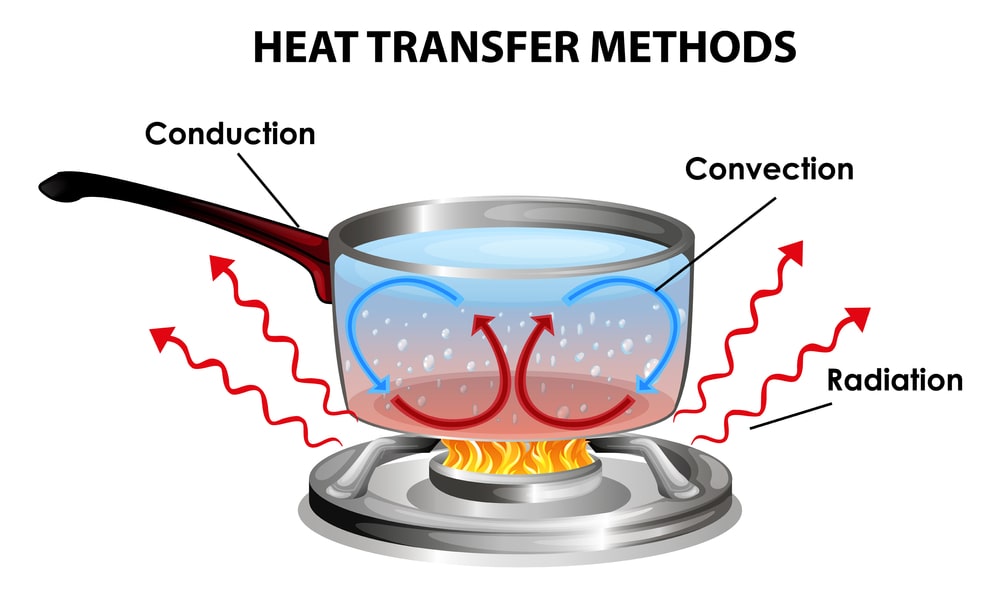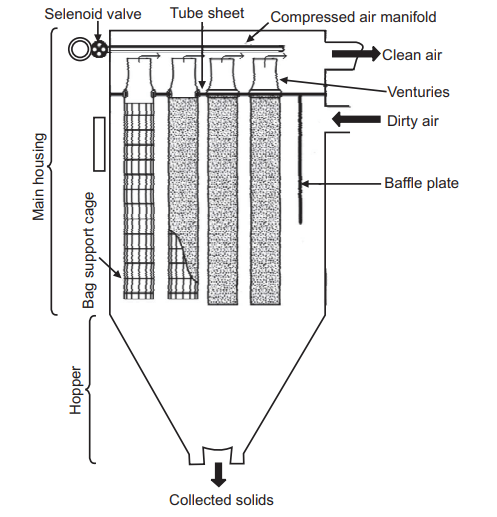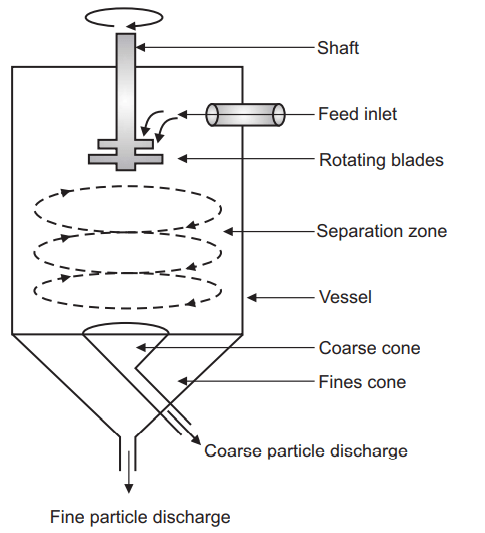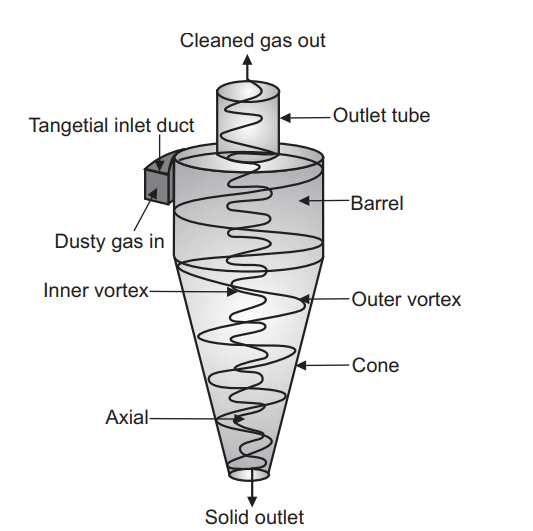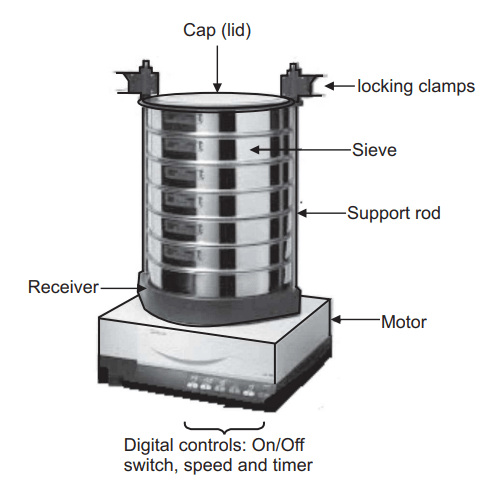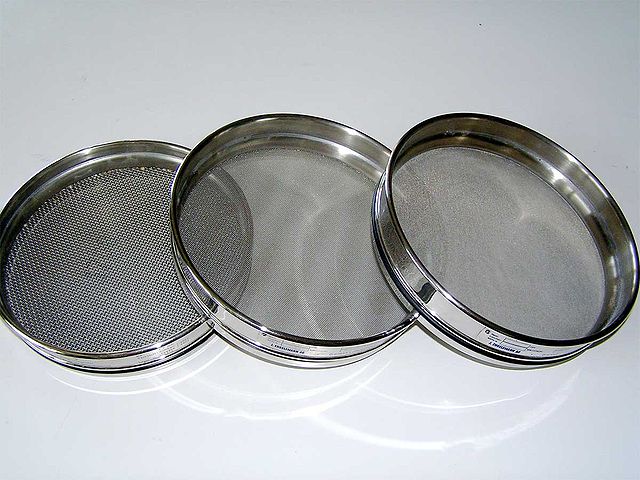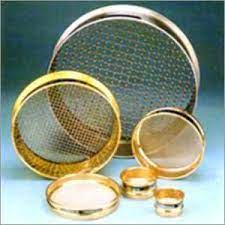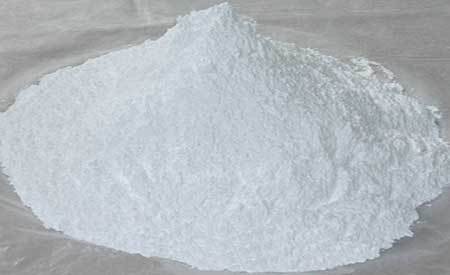What is heat transfer?
Heat is a form of energy. As we know matter is made-up of atoms and molecules, atoms in molecules are always in motion represented by translation, rotation and vibration. This motion leads to generation of heat energy. The more the motion of atoms in molecules more is the generation of heat. This heat can only … Read more
